Chapter 6 Foot and Ankle
The procedures for taping the majority of sports injuries are illustrated in this and the following chapters. The purpose of these procedures is to provide protection while allowing functional movement, thus preventing further damage to the injured structure or adjacent areas. Inherent in each approach, and essential to accurate assessment of every injury, are medical diagnosis, treatment and appropriate follow-up.
ANATOMICAL AREA: FOOT AND ANKLE
FOOT AND ANKLE TAPING TECHNIQUES
SURFACE ANATOMY
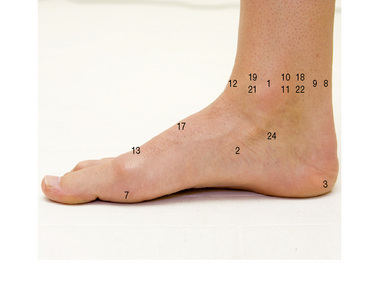
Right ankle and foot, from the medial side. The most prominent surface features are the medial malleolus, the tendo-calcaneus at the back and the tendons of tibialis anterior and extensor hallucis longus at the front.
TAPING FOR TOE SPRAIN
Indications for use
• Sprains of the first metatarsophalangeal (MTP) joint.
• For medial collateral ligament sprain: abduct the toe and reinforce the medial restraining tape strips.
• For plantar ligament sprain (hyperextension injury): reinforce the X on the plantar surface to limit extension.
• For lateral collateral ligament sprain: reinforce with buddy taping to the first toe (for an example of buddy taping with fingers, see p. 209).
• For dorsal capsular sprain (hyperflexion): reinforce the X on the dorsal surface to limit flexion.
• Hyperflexion of first MTP joint: ‘turf toe’.
• Contusion of the first MTP joint: ‘jammed toe’, ‘stubbed toe’.
• The styloid process at the base of the fifth metatarsal is a sensitive area vulnerable to pressure, pain and blisters if tape is too tight.
• To avoid constriction, minimal tension must be used when wrapping circumference anchors.
• Application of lubricant to adjacent toes and/or the inside of the toe box of the shoe will prevent chafing.
• Trimming toenails will lessen the risk of irritation.
• Careful application of a minimum amount of tape is particularly important when taping for sports that require tight-fitting shoes or boots.
For additional details regarding an injury example, see T.E.S.T.S. chart (p. 61).
ANATOMICAL AREA: FOOT AND ANKLE
INJURY: TOE SPRAIN
• sprain of medial or lateral collateral ligament
• hyperflexion with capsular injury
• hyperextension with capsular injury
• sprain of the plantar ligament
• sudden forced flexion, extension or abduction
• sudden longitudinal impact against a hard surface
• repetitive dorsiflexion of great toe (as in kicking a ball or sprinting) can cause a synovitis
• tenderness of the first metatarsophalangeal joint
• resistance testing (neutral position): no significant pain on moderate resistance
• flexor hallucis longus tendinitis
• degenerate changes leading to hallux rigidus (stiff first toe)
ANATOMICAL AREA: FOOT AND ANKLE
TAPING FOR LONGITUDINAL ARCH SPRAIN/PLANTAR FASCIITIS
Indications for use
• Remember the foot will spread when weight bearing, rendering the tape job tighter.
• Pressure on the base of the fifth metatarsal can cause pain.
• Pressure on the neighbouring blood vessels can cause pain and compromise circulation.
• Tape thickness must be kept to a minimum for sports requiring tight-fitting footwear.
• Excessive medial tension must be avoided, especially in ankles predisposed to inversion sprain.
For additional details regarding an injury example, see T.E.S.T.S. chart (p. 67).
Positioning
Either lying prone with knee slightly bent or sitting facing the taper (as illustrated).
Procedure
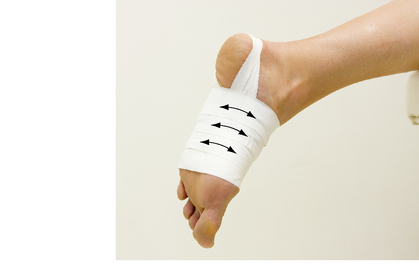
7. Close up with circumferential strips of 3.8 cm non-elastic tape. Apply with a light pressure as the natural spread of the foot on weight bearing will tighten the tape job. Start at the head of the metatarsals, overlapping each previous tape by at least a half, progressing towards the heel.
8. Test for degree of support. There should be a significant reduction of pain on weight bearing.
ANATOMICAL AREA: FOOT AND ANKLE
CONDITION: PLANTAR FASCIITIS
• intrinsically tight plantar fascia
• sudden change in training routine, i.e. distance, frequency, speed, change of terrain
• poorly supportive or new footwear
• pain and tenderness on plantar aspect of foot, more concentrated on the medial aspect of the calcaneal attachment
• active movement testing: no significant pain on weight bearing
• passive movement testing: pain on full stretch of fascia
• resistance testing (neutral position): no significant pain
• pain on first steps after resting
• Support: taping: Longitudinal Arch (see p. 62).
• Rest: reduction of weight-bearing activities
• selective stretching of tendo Achilles and plantar fascia
• strengthening of plantar muscles
• heel lifts can be helpful in acute phase (a bevelled doughnut depression will reduce pressure pain)
• injury often becomes chronic without correct treatment
• tight tendo Achilles complex
• may predispose to shin splints
ANATOMICAL AREA: FOOT AND ANKLE
TAPING FOR: PREVENTIVE PROPHYLACTIC ANKLE SPRAINS
Indications for use
• preventive taping to protect lax ligaments and ‘weak’ ankles
• final stages of ankle sprain rehabilitation, when less specific ligamentous reinforcement is sufficient
• for chronic medial sprains (deltoid ligament): reverse strips (steps 6–8, 10–12, 14 and 16) to reinforce medial rather than lateral support
• It is essential to confirm the site of any injury or laxity prior to taping, so that appropriate reinforcements can be made.
• The athlete should be asked if they have any taping preferences. e.g. light tape or tight. Tension can be adjusted to suit during the procedure.
• Pressure on the base of the fifth metatarsal can cause pain. Pressure on the neighbouring blood vessels can cause pain and compromise circulation.
• Proprioception retraining is extremely important to ensure a total recovery programme.
For additional details regarding an injury example, see T.E.S.T.S. chart (p. 61).
Positioning
Lying supine (face up) or long sitting (knees extended) with ankle held at 90 ° angle over the end of the table and supported at the midcalf (a 90 ° angle is the ‘normal standing’ angle).
ANATOMICAL AREA: FOOT AND ANKLE
TAPING FOR: ANKLE SPRAIN/CONTUSION: ACUTE STAGE
Indications for use
• acute (inversion) lateral ankle sprain
• acute (eversion) medial ankle sprains: reverse strips to support medially damaged structures
• splinting for suspected ankle fracture: use less tension and apply equally to both sides
• Ensure that the correct diagnosis has been made. If in doubt, refer!
• Take care to apply adequate, localized compression over the basic taping without compromising circulation. (Take care not to cause a tourniquet effect.)
• Ensure that the athlete has been thoroughly instructed in (and understands) the immediate care for the first 72 hours: R.I.C.E.S.
Check regularly for signs of numbness, swelling or cyanosis (blueish colouring) of the toes.
• Should the tape become too tight due to continued swelling (even after R.I.C.E.S.) loosen the tape or completely reapply.
For additional details regarding an injury example, see T.E.S.T.S. chart (p. 36–38).
Positioning
Lying supine (face up) with a cushioned support under the midcalf and with the injured ankle held at 90 ° throughout this procedure (a 90 ° angle is the ‘normal standing’ angle).
Procedure
3. Apply two open anchors of 3.8 cm non-elastic tape around the lower third of the calf. Be sure to leave an opening at the front.
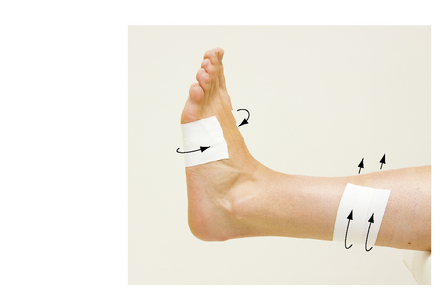
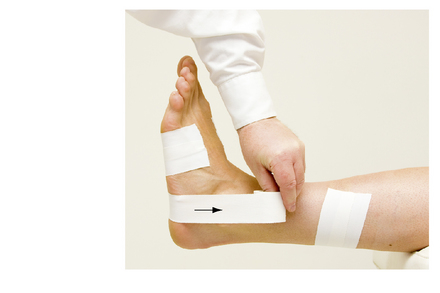
5. Apply a stirrup of 3.8 cm non-elastic tape from the upper anchor on the medial side, cover the posterior edge of the medial malleolus, pass beneath the heel and slightly behind the lateral malleolus. Pull up strongly to apply specific tension over the lateral side and affix the tape to the upper anchor laterally.

6. Apply an open anchor around the upper end of this stirrup, overlapping the original anchor by a half anteriorly.
7. Apply a horizontal strip from the anchor on the medial side of the foot, passing around the calcaneum below the level of the malleoli, applying tension as it is applied to the lateral side of the anchor.
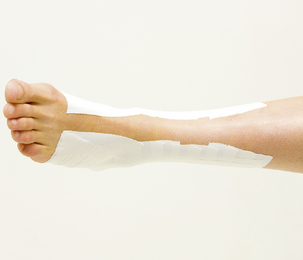
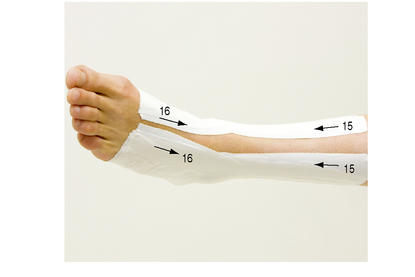
15. Apply a pair of vertical strips, lightly covering the tape ends on either side of the gap anteriorly from the shin to the ankle.
16. Apply a second pair of parallel strips from the forefoot, pulling up slightly and covering the previous strips at the ankle.
17. Gently test the degree of restriction. There must be no laxity on lateral stressing. The pain should be significantly reduced on testing.
ANATOMICAL AREA: FOOT AND ANKLE
TAPING FOR LATERAL ANKLE SPRAIN: REHABILITATION STAGE
Indications for use
• lateral ankle sprains (INVERSION sprain)
• injuries of the calcaneo-fibular and the anterior talo-fibular ligaments: in combination, the most common ankle sprain
• for medial ankle sprains (deltoid ligament): use a horseshoe instead of a J shape on the medial side in step 6 and reverse steps 9–11 and 15–16 for medial instead of lateral reinforcement
Skin toughener spray/adhesive spray
3.8 cm (1.5 in) non-elastic tape
2 cm (¾ in) felt, foam or gel pad cut into a U or J shape
Taping is adapted throughout the progressive rehabilitation healing stages:
1. subacute stage: (48–72 hours post injury): support with felt J and heel lift while beginning to bear weight
2. functional stage: specific ligamentous support with reinforcement of stability for moderate to dynamic activity
3. return to sport stage: reintegration with support adapted to specific sports requirements ranging from training to competition.
• Ensure that the injury has been properly evaluated by a competent sports medicine specialist, and that X-rays have been taken, particularly if an avulsion fracture is suspected.
• DO NOT USE THIS TECHNIQUE FOR AN ACUTE ANKLE INJURY. It should only be applied when acute swelling has subsided (for acute ankle injury taping see appropriate guide).
• Placement of a felt horseshoe controls residual perimalleolar swelling, particularly useful in the subacute phase when localized swelling can become chronic.
• Partial weight bearing with crutches is recommended when starting to bear weight.
• Progression to full weight bearing is permitted only if pain free.
• Use of a heel lift assists ‘push-off’ and reduces the need for dorsiflexion range, allowing weight bearing with less effort and stress.
• Weight-bearing activities may be continued and progressed only if there is no pain during or after activity.
Stay updated, free articles. Join our Telegram channel

Full access? Get Clinical Tree


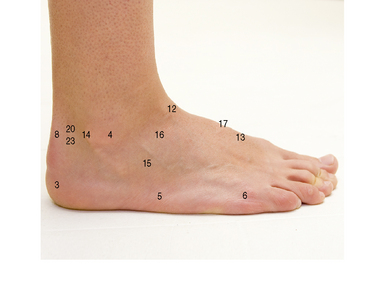
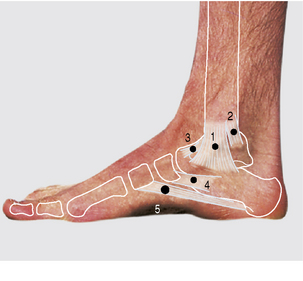
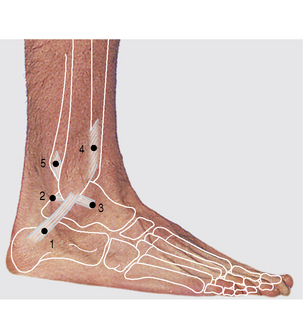
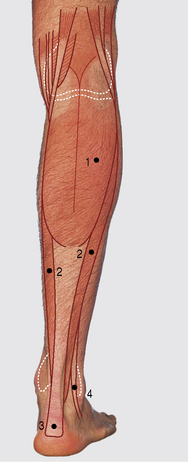
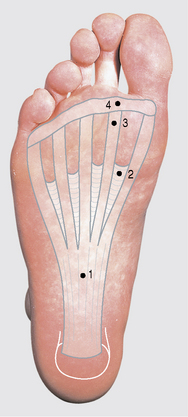
 NOTES:
NOTES:
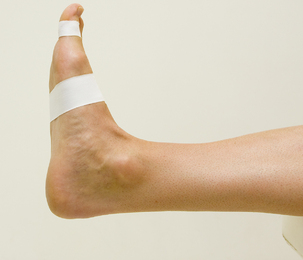
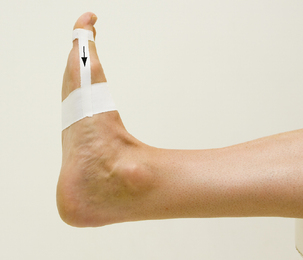
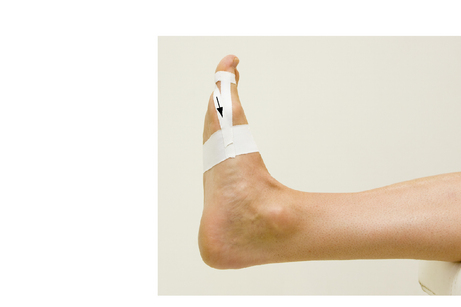
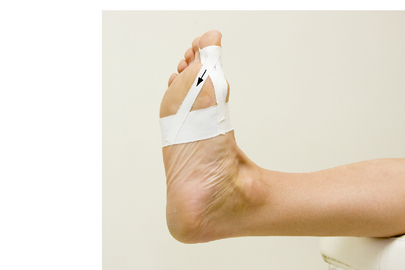
 NOTE:
NOTE: NOTE:
NOTE: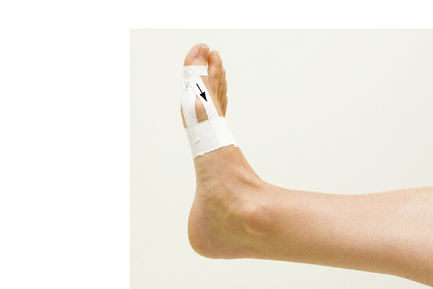
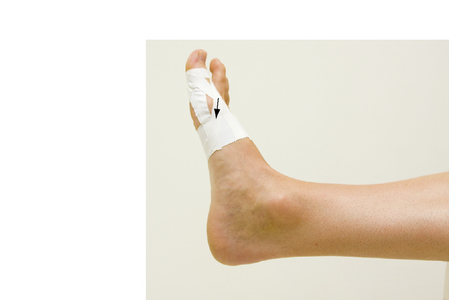
 NOTE:
NOTE: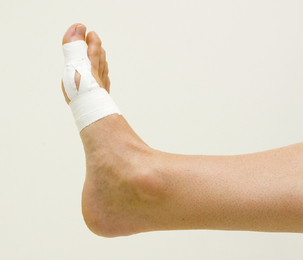
 NOTE:
NOTE: NOTES:
NOTES:

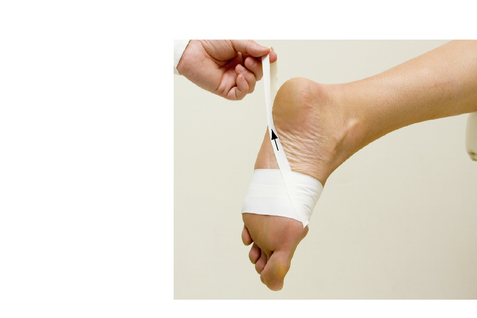
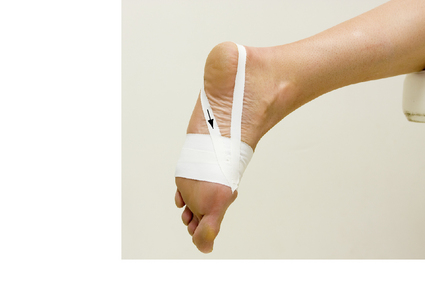
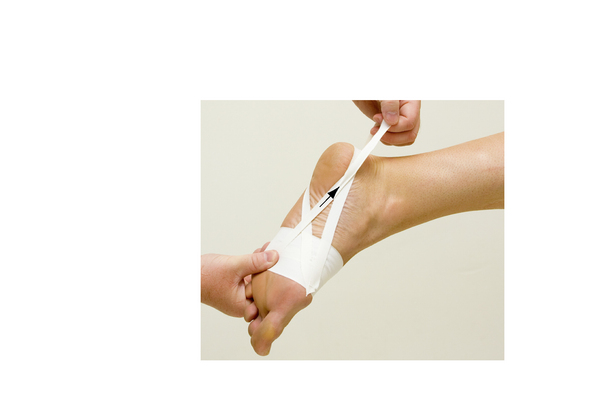
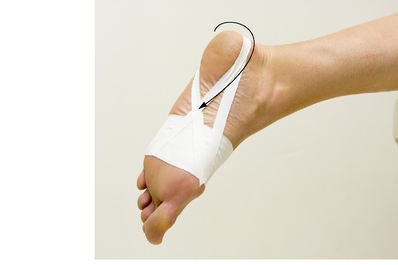
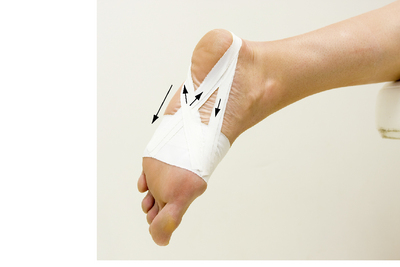
 NOTE:
NOTE:
 NOTE:
NOTE: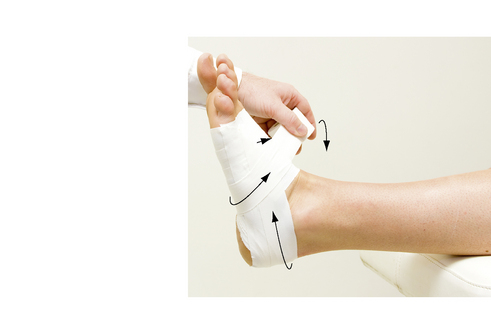
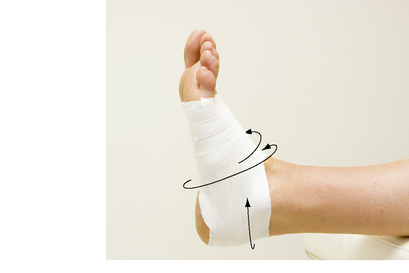
 NOTES:
NOTES: TIP:
TIP: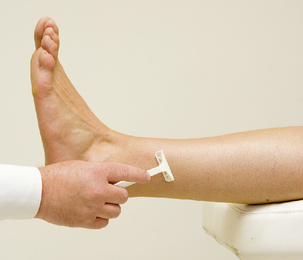

 TIP:
TIP: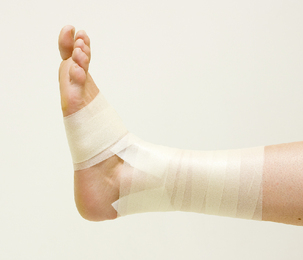
 NOTE:
NOTE: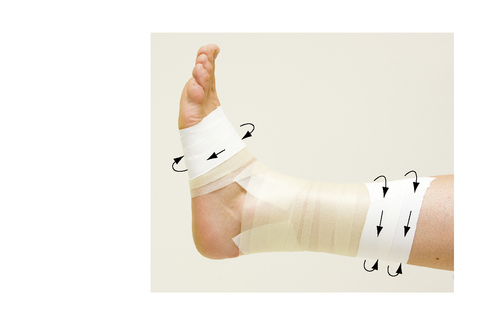
 TIP:
TIP: NOTE:
NOTE:

 TIP:
TIP: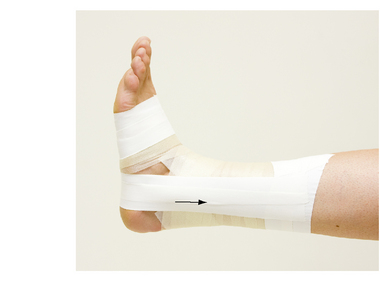
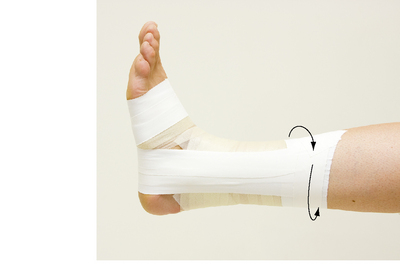
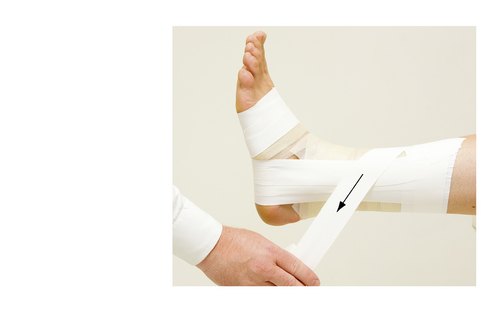
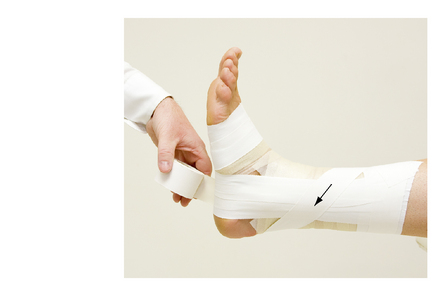
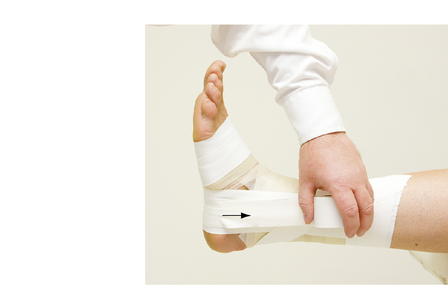
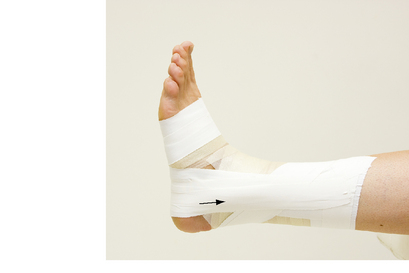
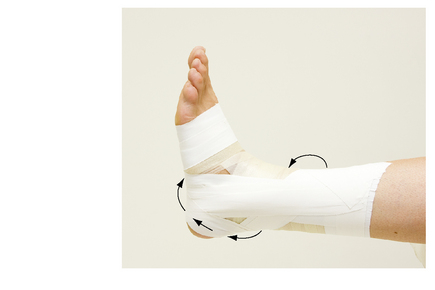
 TIP:
TIP: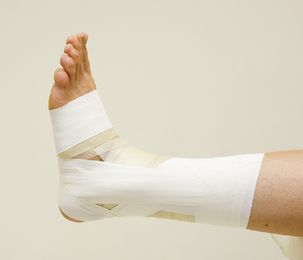
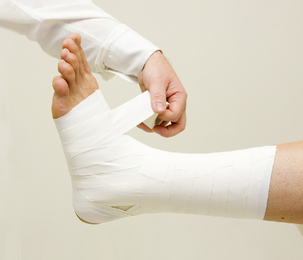
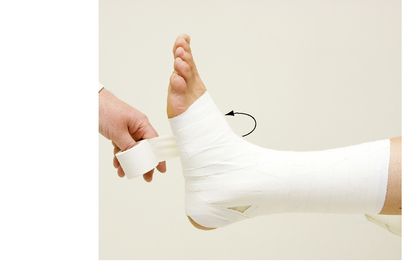
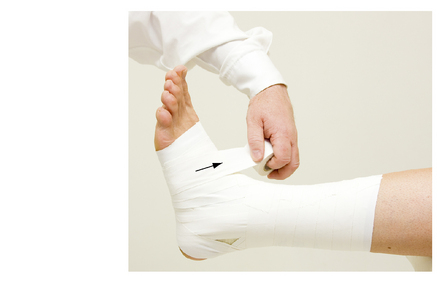

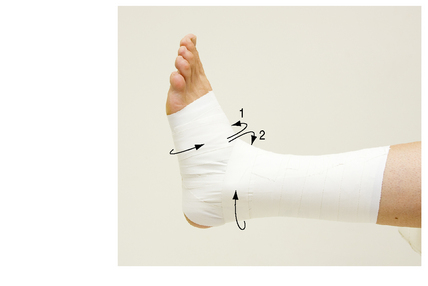
 NOTE:
NOTE: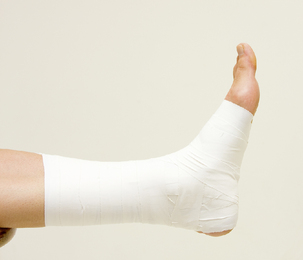
 NOTE:
NOTE: NOTES:
NOTES: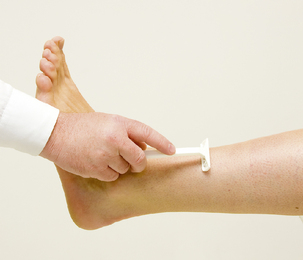
 TIP:
TIP: NOTE:
NOTE: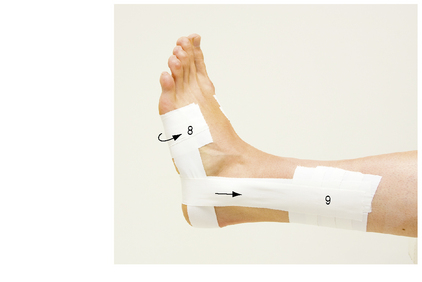


 TIP:
TIP: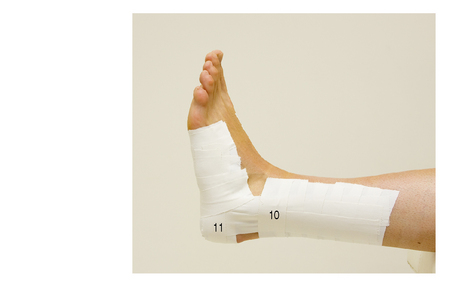
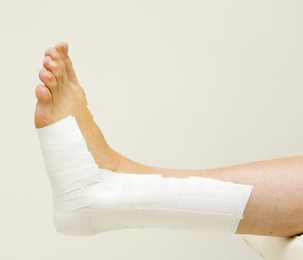
 NOTE:
NOTE: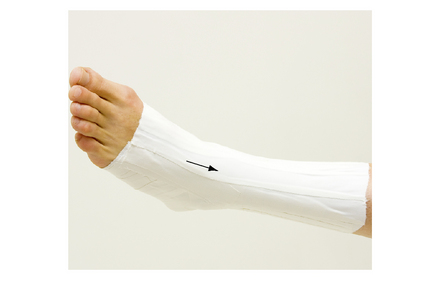
 TIP:
TIP: NOTE:
NOTE: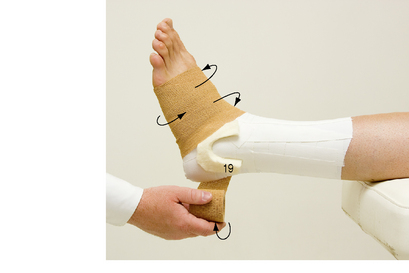
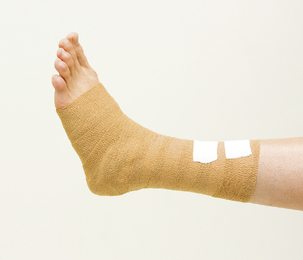

 TIP:
TIP:
 NOTES:
NOTES:





